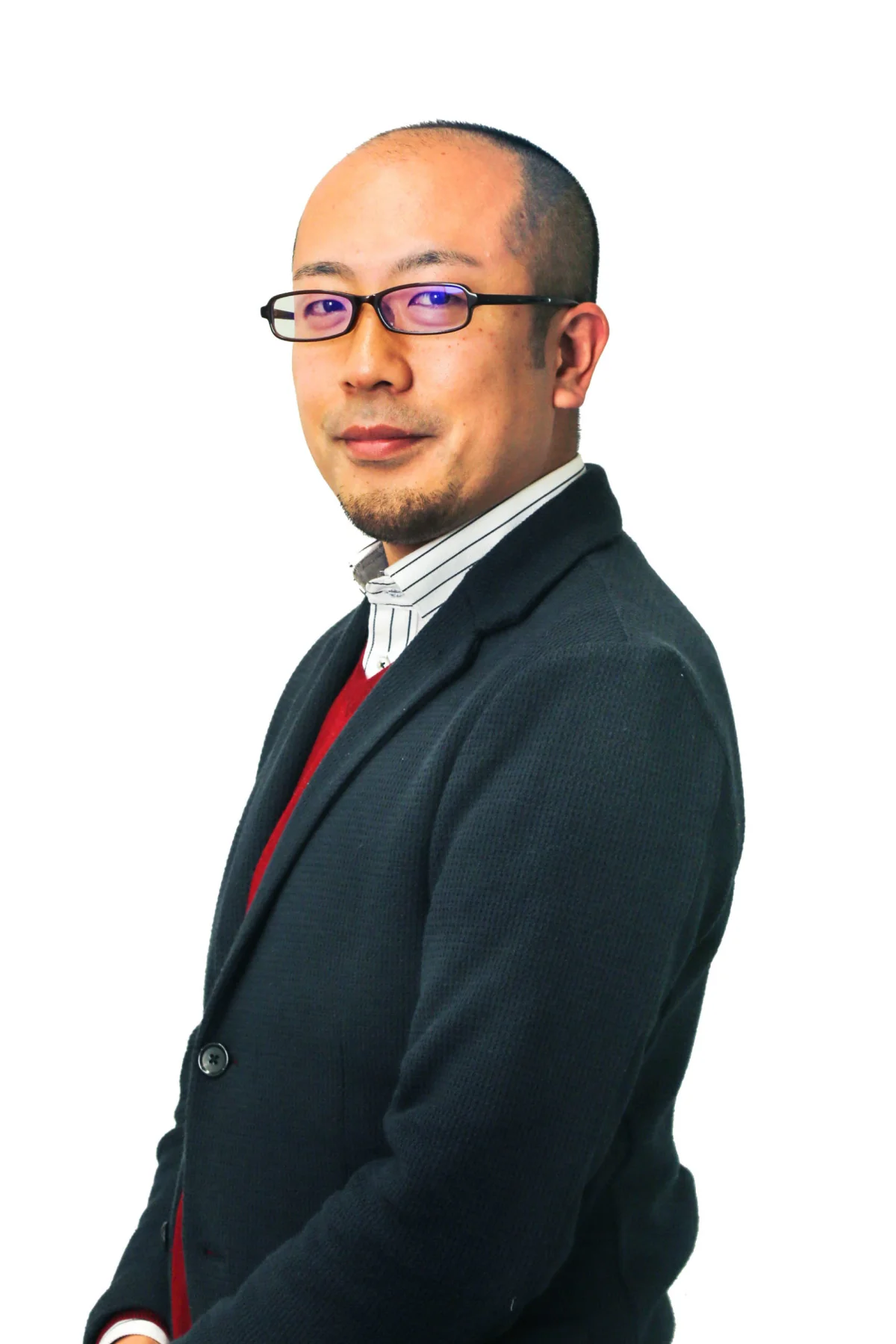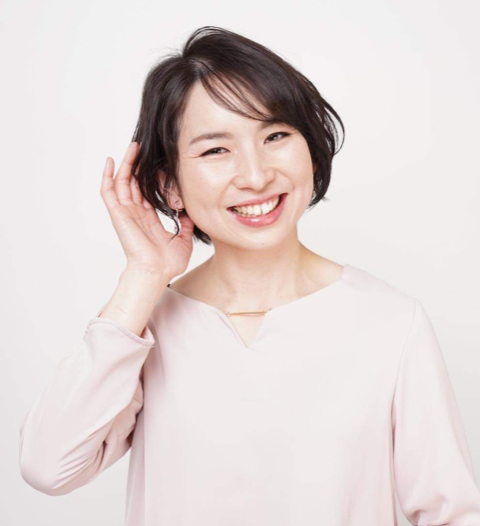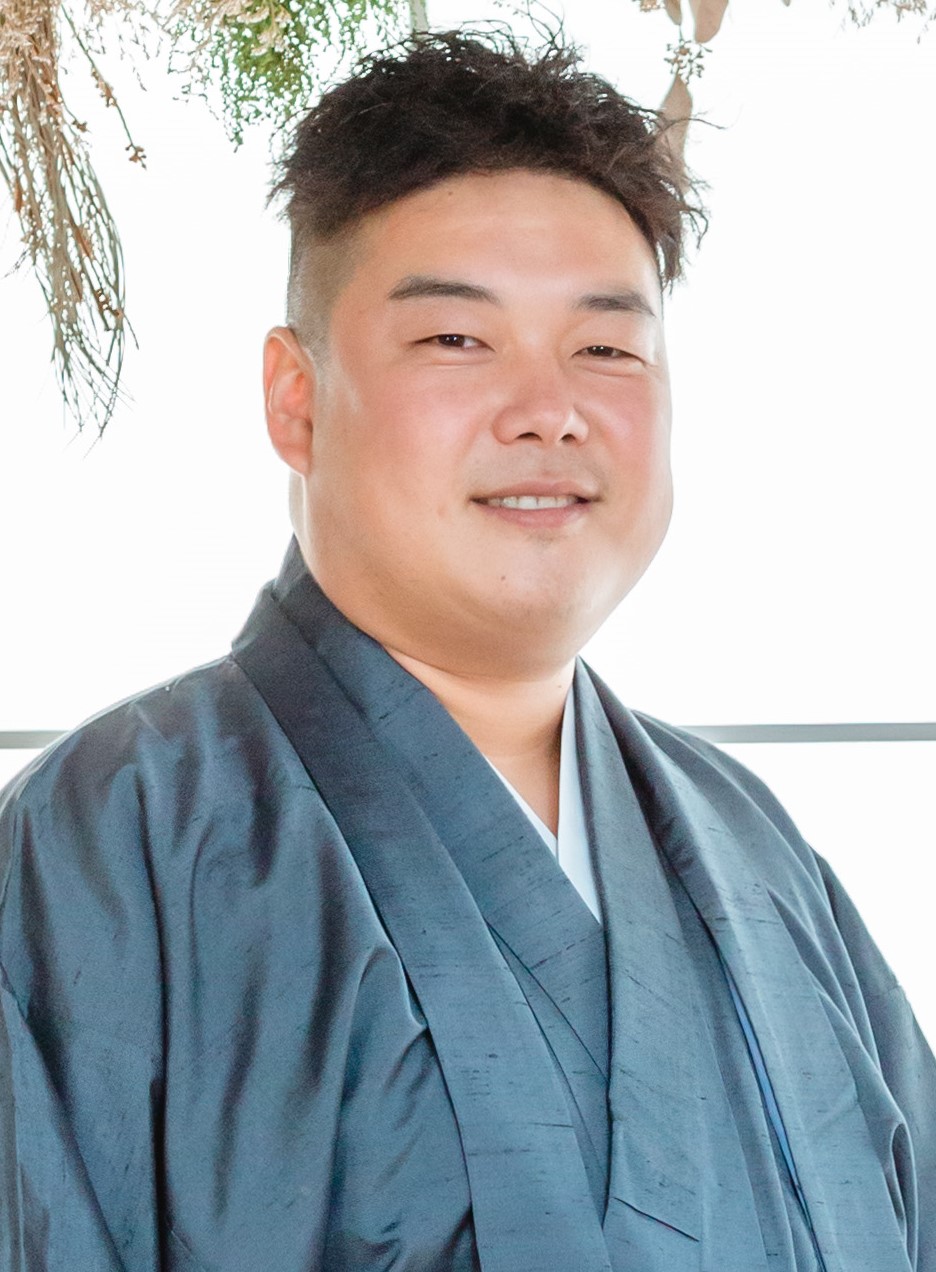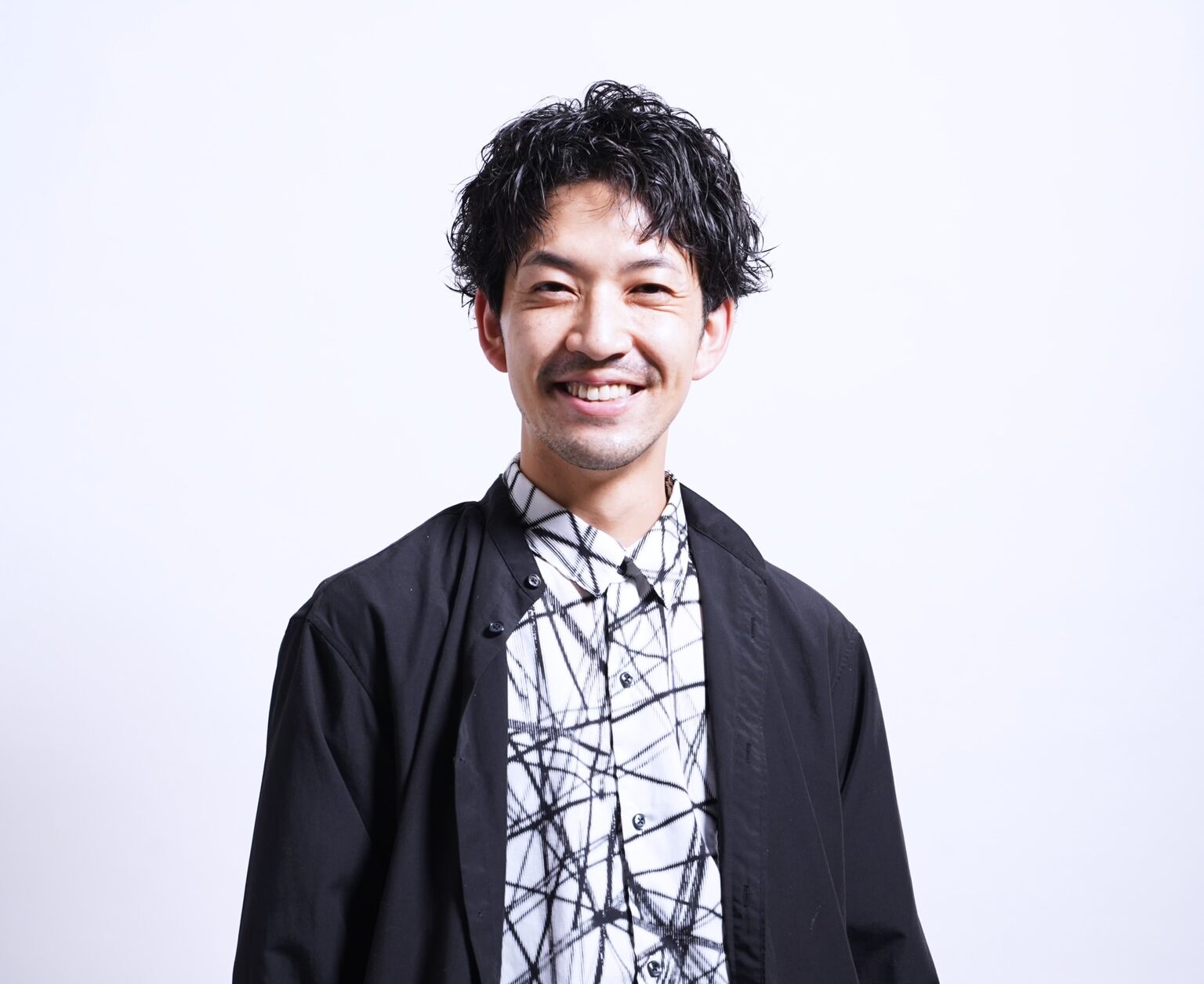Drawing a New Path: Nihon Rikagaku Features Disabled Child Models in “kitpas” PR Campaign
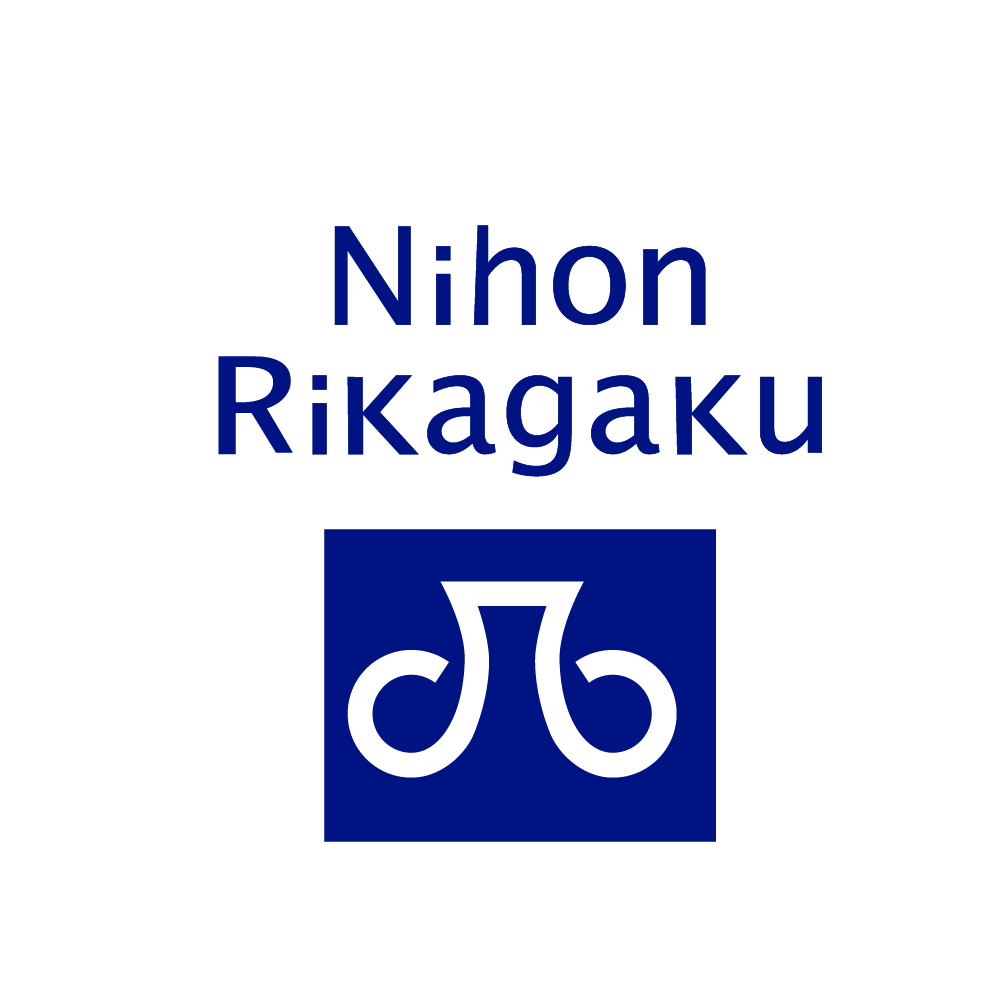
Nihon Rikagaku, headquartered in Kanagawa Prefecture, is a manufacturing company that specializes in utilizing scallop shells to produce “dustless chalk” and “kitpas,” a tool that can be used to draw and erase on smooth surfaces such as window glass and plastic. The company’s distinguishing feature is its commitment to products that are friendly to both people and the environment. Not only does it hold the top market share in chalk manufacturing in Japan, but also 70% of its employees are individuals with intellectual disabilities. Moreover, the company has created an environment where individuals with disabilities can contribute effectively, establishing a business model that generates profits. This time, our disabled children models were selected for the PR of this remarkable company. We interviewed Mr. Shizuku, who is in charge of public relations, and Mr. Oyama, who was also present at the photoshoot.
=====
Established in 1937, Nihon Rikagaku Kogyo Kabushiki Kaisha (known as Nihon Rika) has been a pioneer in producing hygienic and non-toxic chalk. In 1960, the company made a significant move by hiring two individuals with disabilities for the first time. Although initially a two-week limited labor experience, their dedication deeply touched their colleagues. Moved by their commitment, coworkers urged the former president to hire them, marking the beginning of earnestly employing individuals with intellectual disabilities. Instead of expecting employees to conform to the company’s work style, Nihon Rika prioritizes innovation to tailor accommodations for each individual, ensuring the creation of safe and enjoyable products for both adults and children. Their remarkable efforts have been recognized in publications like “The Company You Most Want to Cherish in Japan” and highlighted on prominent programs such as “Cambria Palace,” “News Station,” “Sunday Japan,” and “Mr. Sunday.”
=====
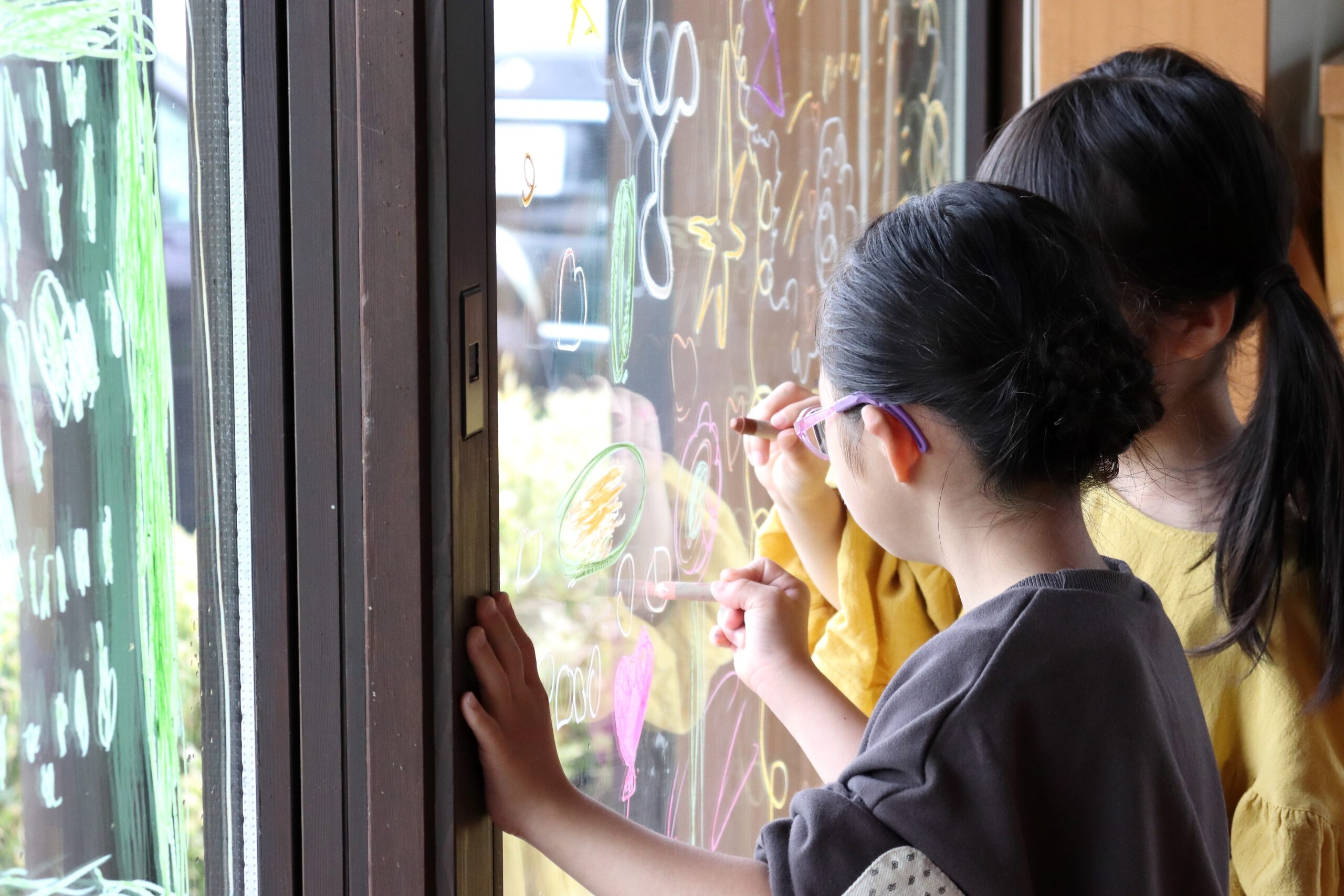
──What prompted the decision to use “disabled child models” for your company’s product PR?
When Mrs. Uchiki the CEO of Hanahiraku approached us with the idea, I couldn’t help but marvel at the impeccable timing. It was especially remarkable because we had just completed a major revamp of the main component of our “kitpas” product and were contemplating a PR photoshoot to boost awareness. I found myself deeply resonating with Mrs. Uchiki’s sentiments.
──The main ingredient of “kitpas” has been transformed into rice wax, resulting in a gentler formula. It’s a product that appeals to both children and adults, don’t you think?
Thank you very much. While our company is frequently recognized for its commitment to hiring individuals with disabilities, we also take pride in the quality of our products. We sought to promote the ethos of ‘easy-going drawing’ with “kitpas” to a wide audience, irrespective of nationality, gender, age, or disability. We endeavored to convey these sentiments through our PR efforts.
It’s not limited to children with disabilities; our aim is for everyone to use it without encountering any obstacles. Even during this photoshoot, I sought to capture moments where you could freely enjoy our products.
──This time, Sumire-chan, who has Down syndrome, and Nagisa-chan, who has autism and a mild intellectual disability, participated in the PR photoshoot. What was your experience working with them like?
Children have various personalities, regardless of whether they have disabilities, so I thought it would be fine if they preferred to “have fun alone.” However, they bonded so quickly that it was hard to believe they were meeting for the first time. They enjoyed drawing freely and expressed such joy on their faces. I didn’t need to ask them for anything specific; it felt like I was simply observing their world. It warmed my heart to see them choosing “kitpas”, drawing together, talking, and sharing the experience.
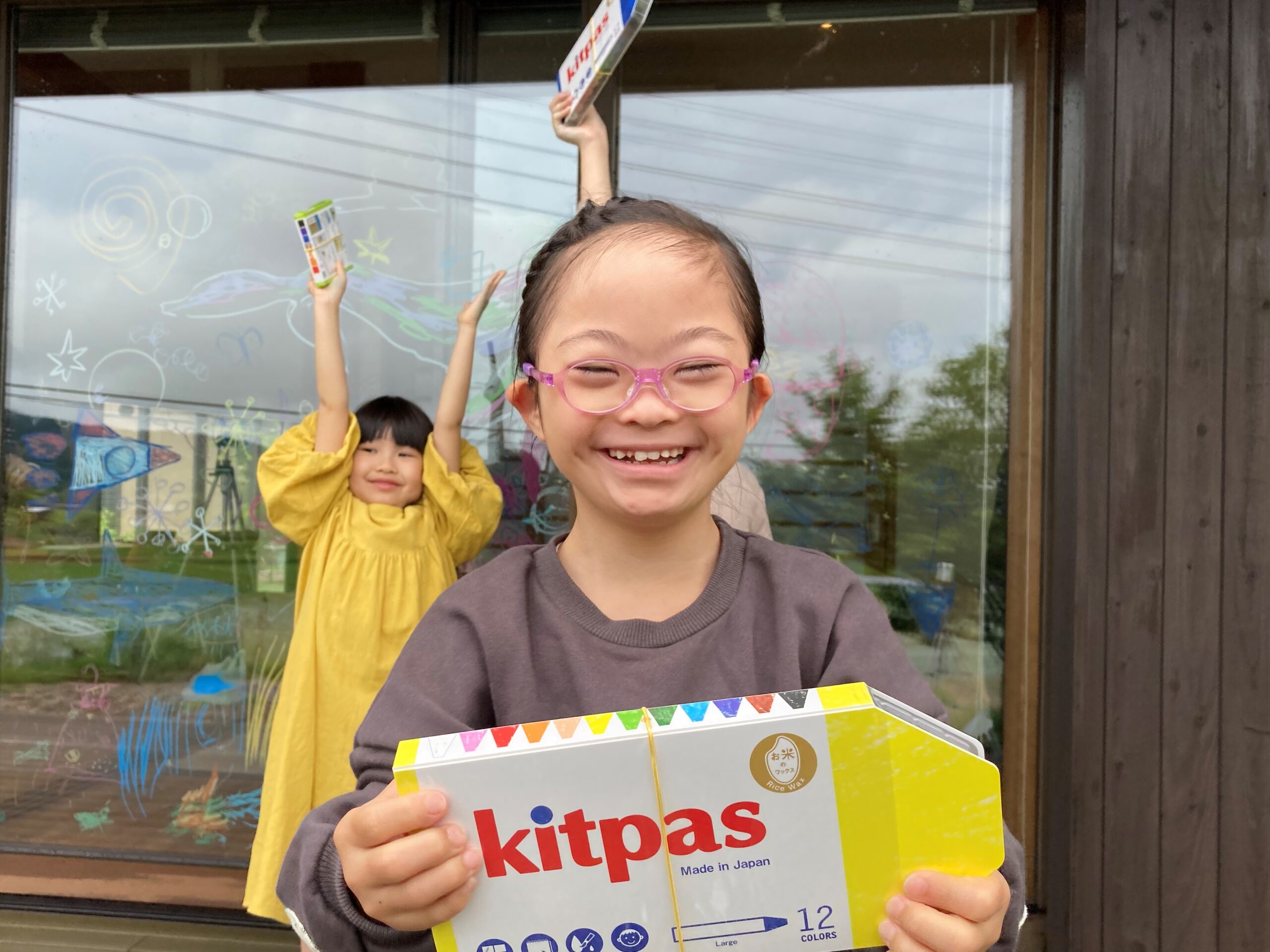
──Your company regularly interacts with people with disabilities. What strategies do you use?
Our team includes both employees with disabilities and those without, who handle roles like sales, planning, and administration. Although none of us have formal training in welfare, we learn effective communication and instruction methods through our daily interactions.
──Can you give specific examples?
For instance, those who have difficulty understanding spoken instructions, we write things down. For individuals who struggle to express when they need help, we develop specific signals tailored to their needs. We always aim to communicate in a way that suits each person’s understanding. Additionally, we consider the other person’s perspective by giving them some time to take a break and postponing the discussion for the moment.
──Having mechanisms and rules in place is important, but perhaps the initial focus should be on how people interact with each other, right?
Absolutely. While rules may be indispensable for larger companies, we don’t have a specific “guide on handling employees with disabilities.”
When new employees without disabilities join us, they’re immersed in all areas of work. They witness their colleagues with disabilities engaging in tasks with remarkable focus and enthusiasm right beside them. It’s evident that they harbor a strong sense of responsibility for their own roles, so there’s no room for misconceptions that these individuals are beneath them or worthy of pity.
Many workplace challenges and solutions stem from effective communication and problem-solving approaches. Naturally, if issues arise, we support our employees by listening to their reports and feedback. We hold a mutual respect for those who dedicate themselves to their roles, much like skilled craftsmen.
──The way employees care for each other and work with such a positive attitude is also impressive. It made me realise that because of this environment, high-quality products are produced.
While being able to earn one’s own money and be independent is important, being relied on and trusted by everyone through work also leads to a sense of accomplishment and happiness.
In our company’s case, employees with disabilities can step up to positions such as “general employee,” “6S committee member,” “deputy team leader,” and “team leader.”
The concept of “6S” encompasses six key components, involving a modification from the common 5S framework (“sort, set in order, shine, standardize, and sustain”) by replacing “discipline” with “habit” and integrating “safety.” Individuals who advance within this system are appointed as deputy team leaders, while those who are offering assistance to their peers acquire the role of team leaders. Moreover, there is a supervisory figure who monitors the team leaders, identifies minor issues that may escape notice, and offers recommendations. Informally called “hall of fame team leaders,” they have considerable influence as leaders for the entire workforce.

──It’s not about having rules in place; it’s about naturally developing systems through practice, isn’t it?
That’s right. Everyone looks up to others and continues to grow by observing their actions. For example, instead of criticizing areas where someone could improve a bit more, the president and other staff members make encouraging remarks like, “You’re part of the 6S committee; we trust you!”
──Just from hearing a little bit of your story, I truly feel that yours is the company I’d most like to cherish in Japan. Did the disabled child models effectively convey the excellence of such a wonderful company’s products?
I believe our products naturally convey the message that they can be enjoyed by everyone.
In schools, art is often evaluated based on scores, but we want to promote the joy of drawing freely without any such constraints. You can erase and redraw as many times as you want. It’s not just about children and parents enjoying together; even adults can have a blast drawing! With its soft drawing texture, our product appeals to all generations, from young children who haven’t mastered pressure control to older adults.


